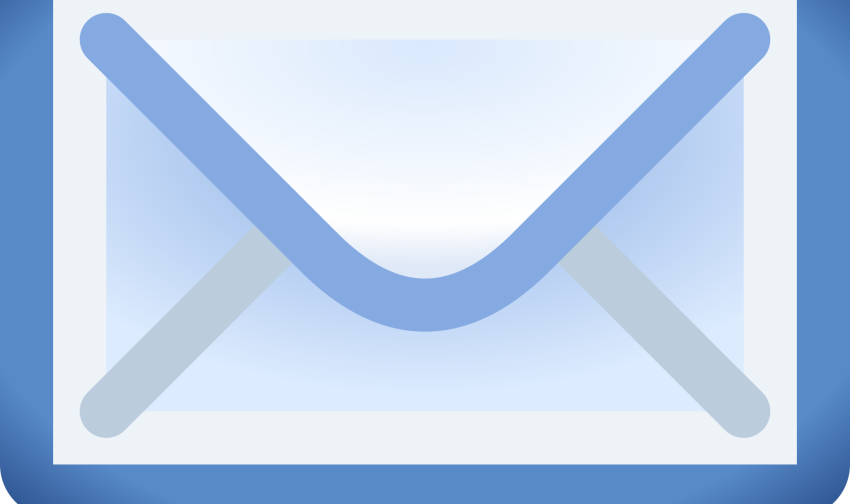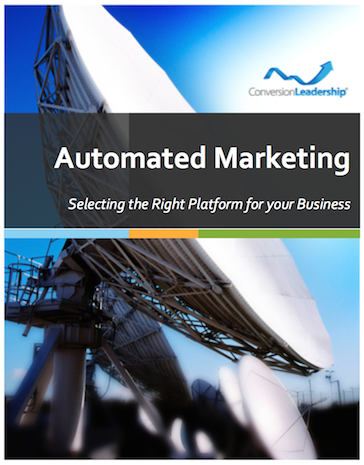A Beginner’s Guide to Email Segmentation

It's commonly accepted that email segmentation; the art of splitting your list into different groups, helps improve open and click through rates.
By narrowing your focus and sending targeted messages to targeted groups within your lists, your recipients will find your campaigns more relevant.
And, when emails are more relevant, they're more likely to be opened.
A Beginners Guide to Email Segmentation
Segmentation can be a simple but extremely powerful method of dividing your email list into groups (segments) of people with similar characteristics.
The segments can then be emailed, reflecting the content and timing appropriate to them. So far, so good; emailing to groups.
As a complete marketing automation platform, Infusionsoft provides extremely powerful segmentation capabilities using "Tags".
And, whilst we use Infusionsoft extensively with our clients, the techniques described here can be used with any system that allows you assign multiple attributes to email contacts.
In our article about Event Lead Capture Automation we comment on how how early adoption of automation can begin segmentation from the moment you capture contact details at an event.
It's well worth a read.
Does Email Segmentation Work?
We’ll start with some stats to show you that segmentation is worth it.
Email segmentation is widely supported by a number of marketing platforms (not just Infusionsoft) and there are a number of stats and case studies to demonstrate it's effectiveness.
Here's a couple.
A global study conducted by MailChimp on 2000 email marketers and almost 9 million recipients shows the benefit of segmented campaigns.
| Opens: | 14.64% higher than non-segmented campaigns |
|---|---|
| Unique Opens: | 10.68% higher than non-segmented campaigns |
| Clicks: | 59.99% higher than non-segmented campaigns |
| Bounces: | 0.02% lower than non-segmented campaigns |
| Abuse Reports: | 6.15% lower than non-segmented campaigns |
| Unsubs: | 7.46% lower than non-segmented campaigns |
Similarly, a case study of Bronto email personalisation reveals a 7,000% increase in email marketing revenue by applying segmentation alone.
What are 'Tags" and How do They Work?
Email tags are simply a way of attributing attributes to an email or person based on a manual tag or predefined interactions such as: a form submission, survey answered, or action taken on your site or in an email. Once you have defined the rules, the prospect/customer and system interact and things begin to happen automatically. Based on tags you can send prospects personalised emails or different email campaigns.
Decide Categories For Email Segmentation:
Now, there are some very powerful things you can do with customer contacts, however we’ll leave that for another time. You’re here for the exciting bit, the thrill of the chase! The focus of this article is prospects and how you can segment and tag these contacts. With laser focus and a deep understanding of your prospects you can convert them into customers.
The sky is the limit when segmenting contact lists however you need to be strategic in your decision making. Think about the following:
- What gender is your prospect?
- How old are they?
- Location you received the contact: in-store (at exhibition) or online
- Which customer persona are they?
- How long have they spent on your website?
- How often do they come back to your site?
- Have they put in a contact form?
- What score do they have? (you can attribute points to prospect so you know how engaged they are)
All of these things may have an impact on the way you categorise or tag a prospect. If you JUST have contact details then you’ll need to segment them as fast as possible.
With Infusionsoft, you define ‘tags’ based on interactions with your business and the program does the rest.
As you have seen in the stats above, businesses that segment and personalise are able to capture their prospects' attention, convert more, and annoy less.
Here are some ways you can segment.
Techniques for Prospect Email Segmentation
If you are just starting with segmentation, takes small steps.
Whilst segmentation is generally used to represent any form of prospect categorisation, we use the term ‘email segmentation’ because you'll communicating via email in most cases.
Forms Filled out In-Store
Give your prospects the option to fill in a form in-store. Whether is a restaurant, office, winery, for many, the store is an ideal place to start the marketing of your products.
Request that visitors join your newsletter by filling. If you're running or exhibiting at an event you could use a simple approach to capture leads and automatically segment them.
Ask them to rate the service they received and give general or specific feedback.
You can then segment by the type of service, product and general feedback category.
If they mention a bad experience you may put them into a service improvement campaign!
Website Forms
Your forms can come in many formats. You may have a landing page with a lead magnet, a newsletter form, customer service form, or a purchase order form.
Each of these form types lend themselves to gathering different information. For example, a prospect who gives you their contact info on your fine wine reserves page is a different to one who submits on your discount page.
Website Interactions
A hidden beauty of a good lifecycle marketing platform is that, once an individual has opted in, you can see what they do on your site, where they click, when the don’t finish filling in a form, how long they stay, which pages they go to and products they view.
You can create a persona and increase an individual's engagement points based on interactions.
Social Media Form
Social media competitions, ads and general posts can be a way to capture prospect information. A person who hears about you on social media signs up for your newsletter or a contest may like a more causal interaction.
If treated well and nurtured, they may also be more likely to share content than someone you met at an event.
Email Campaigns
Email Campaigns are the most common way of segmenting your prospects.
Emails are great because they are a personal space where the individual is able to interact with your brand.
You can direct them to fill in specific forms, surveys, ask them direct questions, offer them deals, inform them of events and even say Happy Birthday. If you see a prospect highly engaged in email, you are in for a good customer.
Email segmentation and tagging possibilities are almost infinite in their possibilities.
To get the most out of this, avoid segmenting "for the fun of it". Instead, make sure the segments and campaigns you create have a clear and measurable goal.
Create a plan and figure out where the lowest fruit is hanging and start there. If you're new to email segmentation, start with existing customers first. It can be a lot of work, however it will pay dividends in the end.
Best of luck segmenting your audience. If you are unsure of where to go from here, you can always contact us for help.

